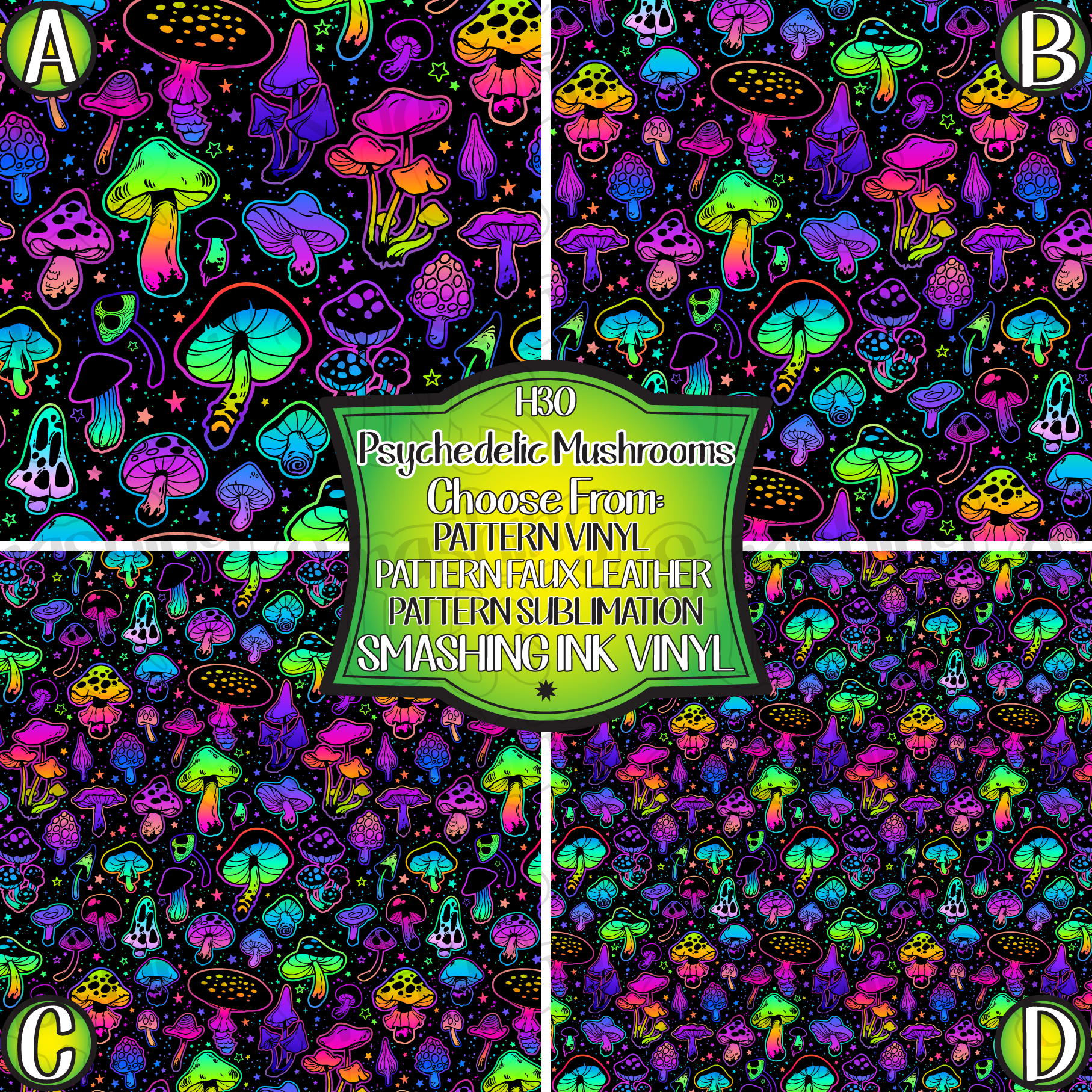All About Psychotomimetic Compounds: Their Duty in Psychological Research
Psychotomimetic compounds, such as LSD and psilocybin, have gathered enhancing passion in emotional research study for their ability to duplicate psychotic signs and symptoms and provide understanding right into different mental health disorders. Their communications within the mind, specifically with serotonin and dopamine paths, suggest a facility connection between consciousness and neurobiology that might open novel therapeutic methods. As researchers remain to investigate their prospective applications, ethical factors to consider surrounding their use in clinical settings become critical, raising essential questions concerning safety and educated permission that warrant further exploration.
Definition of Psychotomimetic Compounds
In the world of psychological study, psychotomimetic substances are compounds that can generate effects appearing like those of psychosis, such as hallucinations, deceptions, and modified assumptions of fact - About Golden Psycho. These compounds can be classified into numerous categories, including hallucinogens, dissociatives, and specific energizers, each creating distinct psychological effects
The pharmacological action of psychotomimetic substances frequently entails modulation of neurotransmitter systems, specifically those pertaining to serotonin, dopamine, and glutamate. Materials like lysergic acid diethylamide (LSD) largely act on serotonin receptors, leading to profound alterations in sensory understanding and cognition.
The utility of psychotomimetics in study lies in their capability to simulate psychotic symptoms, giving a model for comprehending the hidden systems of psychotic disorders such as schizophrenia. By examining the effects of these substances, scientists can gain understandings into the neurobiological and mental processes that add to psychosis.
Moreover, psychotomimetic compounds have been checked out for their healing potential in dealing with various mental wellness problems, including clinical depression and anxiousness, highlighting their double role in both research study and potential scientific applications.
Historical Growth and Context
The exploration of psychotomimetic compounds has a rich historical context that goes back to ancient human beings, where substances such as psilocybin mushrooms and peyote were utilized in spiritual and healing methods. These early usages typically intertwined with religious routines, suggesting an extensive reverence for the altered states of awareness generated by these compounds.
The mid-20th century marked a substantial transition in the study of psychotomimetic substances, particularly with the synthesis of LSD by Albert Hofmann in 1938. The succeeding popularization of LSD in the 1960s militarized a wave of passion in both its emotional results and potential healing applications. Scientists started to check out exactly how these compounds can imitate psychotic states, offering understandings into mental disorder.
Nonetheless, the enhancing organization of psychotomimetics with counterculture movements brought about governing reaction, culminating in the criminalization of a number of these compounds. In spite of these difficulties, the rebirth of rate of interest in the restorative potential of psychedelics in the 21st century has prompted renewed study. This historical trajectory emphasizes the progressing perception of psychotomimetic substances, transforming from sacred substances to topics of clinical query and, potentially, therapeutic pledge.
Devices of Action
Comprehending the devices of action of psychotomimetic compounds exposes the complex means these substances communicate with the brain's neurochemistry. These substances mainly apply their impacts through inflection of natural chemical systems, specifically serotonin, dopamine, and glutamate.
In enhancement to serotonin, dopaminergic pathways are dramatically influenced by substances like mescaline and certain cannabinoids, which can result in altered states of awareness and changes in state of mind and motivation. Additionally, the NMDA receptor antagonism observed with substances like ketamine highlights an additional pathway where psychotomimetics may cause dissociative states and extensive modifications in believed procedures.
The neurochemical waterfalls initiated by these interactions lead to click this link facility and multifaceted emotional impacts. Comprehending these devices is critical for both the advancement of psychological research study and the restorative possibility of psychotomimetic compounds, navigate to this website as they give understandings into the underlying neural correlates of altered states of consciousness.
Current Research and Applications
Current investigations into psychotomimetic substances have actually disclosed a resurgence of passion in their therapeutic applications, especially in the areas of psychiatry and psychology. Researchers have actually begun exploring substances such as psilocybin, LSD, and ayahuasca for their potential to relieve signs and symptoms related to various psychological wellness problems, including depression, anxiety, and PTSD.
Medical tests have actually shown that, when administered in regulated atmospheres, these substances can promote extensive psychological experiences, promoting psychological advancements and boosted therapeutic outcomes. For instance, researches have actually revealed that psilocybin-assisted therapy can result in considerable reductions in treatment-resistant depression, with results lasting for several months post-treatment.
Moreover, psychotomimetic compounds are being evaluated for their capability to cultivate neuroplasticity, possibly allowing for even more effective rewiring of maladaptive idea patterns. These searchings for suggest that such substances might serve as adjuncts to conventional psychotherapeutic techniques, improving the efficacy of restorative treatments.
As research advances, the emphasis is moving towards recognizing the ideal does, therapeutic setups, and participant characteristics that can take full advantage of the advantages of these compounds. This growing field holds pledge for transforming mental health and wellness treatment paradigms and dealing with the limitations of standard psychiatric medications.
Ethical Factors To Consider in Research Study

Navigating the moral landscape of study including psychotomimetic substances is vital to guaranteeing participant safety and security and the integrity of research outcomes. Researchers must focus on informed permission, guaranteeing that participants totally comprehend the prospective risks and advantages connected with the substances being examined. This includes supplying detailed information concerning possible mental impacts, consisting of severe and lasting impacts, and permitting individuals the chance to take out from the research at any time without charge.
IRBs examine research study methods to guard participant well-being and maintain ethical requirements. Furthermore, the potential for browbeating should be thoroughly analyzed, especially when susceptible populaces are entailed.
Confidentiality is one more critical factor to consider. Scientists have to carry out robust actions see page to protect individuals' identifications and information, specifically given the sensitive nature of experiences related to psychotomimetic substances (About Golden Psycho). Inevitably, a dedication to ethical methods not only cultivates trust in between scientists and individuals yet also boosts the reliability and legitimacy of the study results, adding to the development of emotional knowledge

Final Thought
Finally, psychotomimetic compounds, particularly timeless psychedelics such as LSD and psilocybin, deal substantial insights into psychological disorders via their distinct systems of action. Their therapeutic possibility in dealing with conditions like stress and anxiety and PTSD underscores the importance of ongoing research in this field. Guaranteeing moral requirements in research study practices is vital for participant safety and educated authorization, permitting for an accountable exploration of these compounds' benefits and implications within mental science.